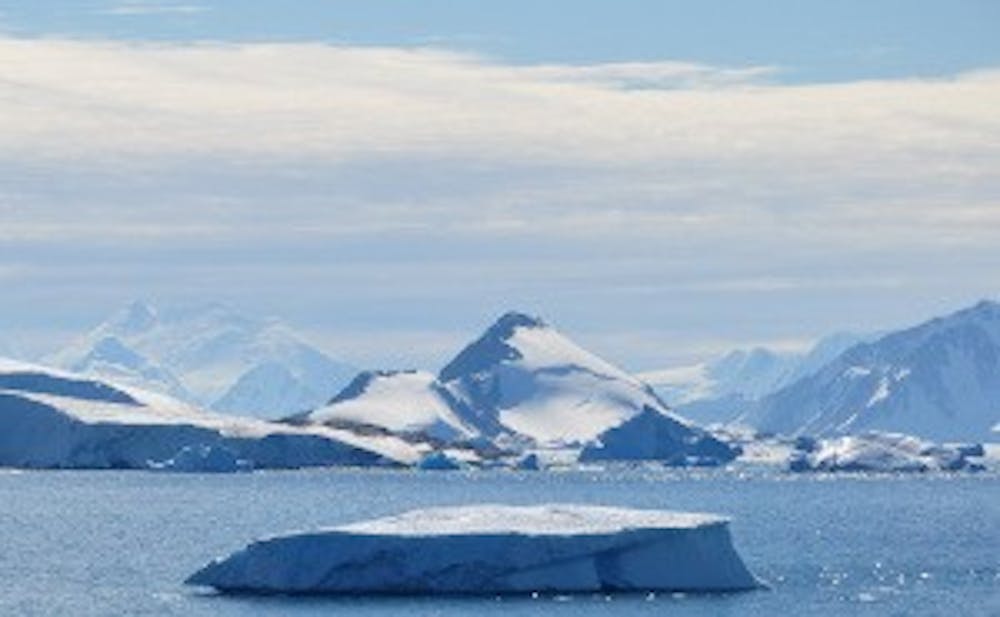By SABRINA CHEN
What would happen if the entire continent of Antarctica melted into the ocean? Scientists recently estimated that this event could lead to a 50- or 60-meter rise in sea level. That means many cities containing more than a billion people, including New York and Washington, D.C., would go completely under water. Still more shocking, studies have unveiled that this event has potential to be more than a plot in a science fiction movie — if they are all burned, Earth’s remaining fossil fuels are enough to melt all of Antarctica.
The question of whether Earth contains enough fossil fuels to actually melt the frozen continent was brought up as far back as 1979 in a New York Times article that predicted the possible consequences of a total Antarctic ice sheet collapse.
This article prompted climate scientist Ken Caldeira, a researcher at Stanford University’s Carnegie Institute of Science, to study this Antarctica question. Caldeira stated that this question has been on his mind for more than 35 years, but until recently he did not have the tools or manpower to find a solution.
With the assistance of a group of researchers that included Ricarda Winkelmann, a professor of climate system analysis at the Potsdam Institute for Climate Impact Research, Calderia used an ice sheet model to predict what would happen if humans burned certain amounts of fossil fuels over specific time spans.
Knowing that Earth is estimated to contain about 10,000 gigatons (or 10,000 billion tons) of carbon, the researchers estimated that it would probably only take us 500 years to burn through all the fossil fuels at the current rate of consumption.
The carbon resulting from burned fossil fuels can stay in the atmosphere for thousands of years and elevate global temperatures. The entire process of melting all of Antarctica’s ice would most likely take up to 10,000 years, as global temperatures increase and remain elevated.
More specifically, by studying how the ice sheet is expected to evolve over the next 10,000 years, the team found that the West Antarctic ice sheet will become unstable if carbon emissions continue at their current levels for the next 60 to 80 years. Furthermore, if the West Antarctic ice sheet tips into a state of unstoppable ice loss, it is essential that we avoid tipping in East Antarctica.
“Our findings show that if we do not want to melt Antarctica, we can’t keep taking fossil fuel carbon out of the ground and just dumping it into the atmosphere as carbon dioxide like we’ve been doing,” Caldeira said in a press release. “Most previous studies of Antarctica have focused on loss of the West Antarctic ice sheet. Our study demonstrates that burning coal, oil and gas also risks loss of the much larger East Antarctic Ice Sheet.”
The study, which appeared in the journal Science Advances, predicted that the average rates of sea level rise over the next 1,000 years could be about three centimeters per year, which leads to about 30 meters of sea level rise by the end of this millennium. This would mean that over the next several thousand years, this number could reach up to 60 meters.
Fortunately, the team also found that if global warming does not exceed a two-degrees Celsius target in the coming years, Antarctic melting would cause only a sea level rise of a few meters, and the consequences would remain manageable. However, even an additional 10th of a degree could be the cause of a total and irreversible Antarctic ice loss catastrophe.
“If we don’t stop dumping our waste CO2 into the sky, land that is now home to more than a billion people will one day be underwater,” Caldeira said in the press release.





